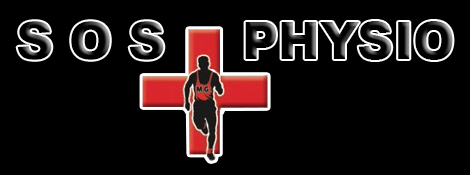Vestibular and TMJ Disorder
VESTIBULAR DISORDERS (BPPV)
Benign Paroxysmal Positional Vertigo (or BPPV) is the most common cause of vertigo, which gives a false sensation of spinning. BPPV is a mechanical problem in the inner ear. It occurs when some of the calcium carbonate crystals (otoconia) that are normally embedded in gel in the utricle become dislodged and migrate into one or more of the 3 fluid-filled semicircular canals, where they are not supposed to be. When enough of these particles accumulate in one of the canals they interfere with the normal fluid movement that these canals use to sense head motion, causing the inner ear to send false signals to the brain.
TMJ
Temporomandibular joint and muscle disorders, commonly called “TMJ,” are a group of conditions that cause pain and dysfunction in the jaw joint and the muscles that control jaw movement. It connects your jaw to the side of your head. When it works well, it enables you to talk, chew, and yawn .When this joint is injured or damaged, it can lead to:
- localized pain or radiating pain that travels through the face, jaw, or neck.
- Stiff jaw muscles
- Limited movement or locking of the jaw
- A change in the way the upper and lower teeth fit together
Causes of TMJ
Syndrome include injury to the teeth or jaw, misalignment of the teeth or jaw, teeth grinding, poor posture, stress, arthritis, and gum chewing. In most cases, the pain and discomfort associated with TMJ disorders is temporary and can be relieved with self-managed care (eating soft foods or applying ice packs) or nonsurgical treatments like physical therapy.
How can the physical therapist help?
Vestibular rehabilitation (VR) or vestibular rehabilitation therapy (VRT) is a specialized form of therapy intended to alleviate both the primary and secondary problems caused by vestibular disorders. It is an exercise-based program primarily designed to reduce vertigo and dizziness, gaze instability, and/or imbalance and falls. For most people with a vestibular disorder the deficit is permanent because the amount of restoration of vestibular function is very small. However, after vestibular system damage, people can feel better and function can return through compensation. This occurs because the brain learns to use other senses (vision and somatosensory, i.e. body sense) to substitute for the deficient vestibular system. The health of particular parts of the nervous system (brainstem and cerebellum, visual, and somatosensory sensations) is important in determining the extent of recovery that can be gained through compensation.
How can the physical therapist help?
Physical therapy offers several interventions to accelerate the healing process. The most effective interventions are articular mobilizations, active release techniques (releasing tight muscles and scar tissue), education about the condition, and Jaw exercises.When performing mobilization techniques, the Physical therapy can execute passive movements of the ankle/foot and use specific mobilizations to stretch the joint capsule and allow for a better quality of movement. The therapist can also prescribe different exercises meant to increase jaw mobility , stretch the capsule, and increase the strength of the jaw. Other methods can be employed, such as the use of TENS or interferential current for pain management and neuro-proprioceptive taping to improve movement quality and reduce pain. In many cases, Physical therapy treatments are also combined with Acupuncture to help stretch muscle fibers, capsule and relieve pain. Combining these two methods increases the patient’s chances of having a speedy recovery.


